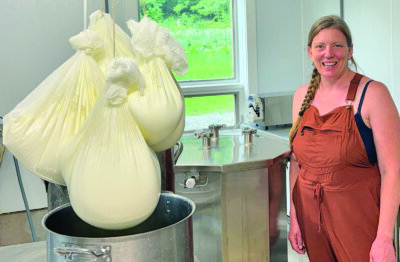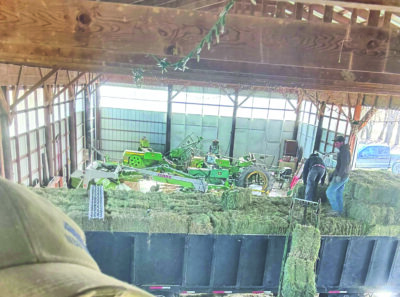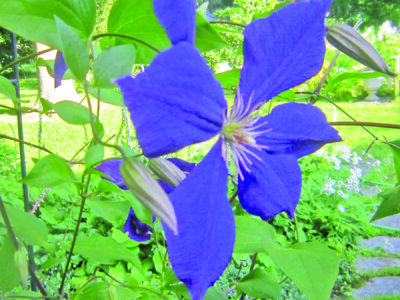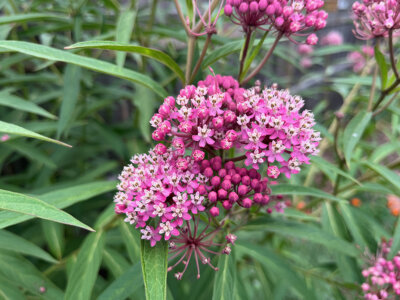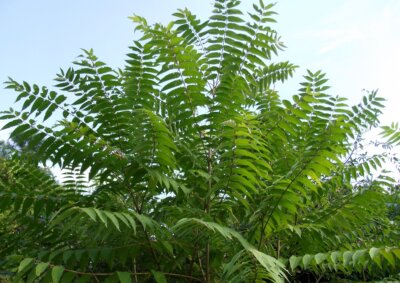The monarch butterfly challenge: Can we reverse its population decline?
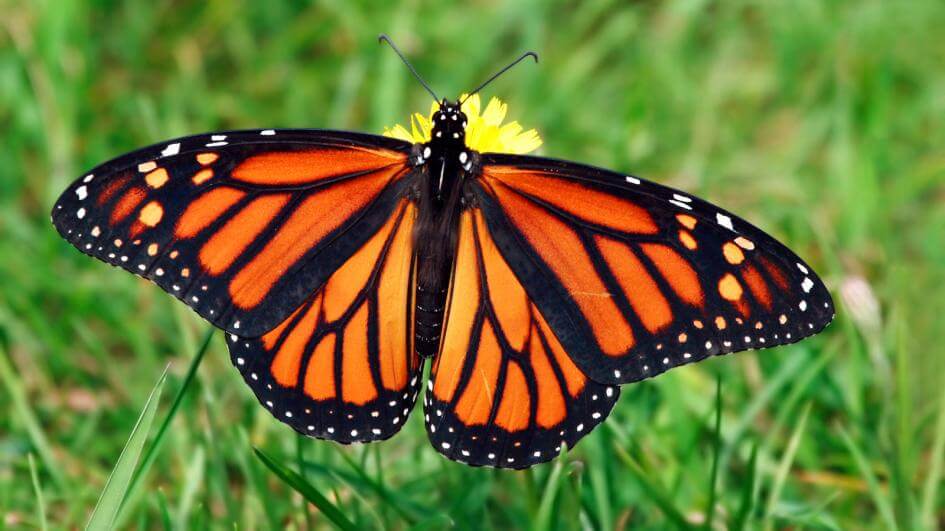

The monarch butterfly (Danaus plexippus) has been in the news recently. The populations of these colorful and much loved butterflies have declined 90 percent in the past 20 years, and people are alarmed. Why has the monarch disappeared, and what can we do to reverse this trend?
This beautiful orange and black butterfly, 3½ to 4 inches across, used to be a common sight in flower gardens and grassy fields throughout the country, where they flitted from one flower to the next collecting nectar and laying eggs on the ubiquitous and abundant milkweed plant. The larvae feed on the common milkweed plant almost exclusively. Decades ago, most children were familiar with the monarch larva, a strikingly black, yellow and white striped caterpillar that made serious dents in the fleshy leaves as they grew and then spun themselves into brilliant green cocoons dangling from a leaf, turning orange and black as the caterpillar inside morphed into the adult butterfly.
Then in the fall, swarms of colorful butterflies gathered to migrate south. They were eye-catching, and people loved them, knowing that those seemingly frail butterflies migrated to some mysterious place far away. People were fascinated, appreciating all aspects of this insect: the caterpillar, the chrysalis (cocoon), and the butterfly. Because of the larva’s association with the milkweed plant, they were known as milkweed butterflies and also the king of butterflies, and so became the monarch. It is the only butterfly known to migrate south for the winter.
Monarchs have three or four generations over the course of a summer. The first three generations live two to six weeks each, changing from egg to larva to chrysalis to butterfly. The fourth generation, which emerges in late summer, is genetically programmed to live for six or eight months in order to migrate to Mexico and back. So the butterflies that migrate the next fall are the great-great grandchildren of those that migrated the previous year.
Without being shown the way and coming from all over the eastern U.S. and Canada, monarchs take two to three months and fly up to three thousand miles to a mountainous area west of Mexico City, where they settle on the same fir trees where their ancestors have wintered for centuries. It is estimated that more than a billion settle there, so numerous that they can weigh down the branches on which they land.
In the spring, those same individuals leave their southern roosts and begin the journey north, back to where their lives began, laying their eggs along the way on the undersides of milkweed leaves on which the tiny caterpillars will feed when they hatch.
There are many reasons for the swift decline of these insects: their habitat has been lost both in the north and on their wintering grounds in Mexico, given over to houses and more agriculture. Milkweed, so essential to the larvae, has been systematically removed by homeowners and farmers. Considered weeds by most, it was removed very effectively from fields with ever-stronger chemicals as they became available.
As people have become aware of the disappearing monarchs, more and more people are eager to help them. In 1986 the Mexican government conserved the Monarch Butterfly Biosphere Reserve, which protects two square miles in the Sierra Madre Mountains; logging is no longer allowed there, though some illegal logging continues. In the north, conservation organizations are protecting fields and encouraging the growth of the milkweed plants so essential to the monarch caterpillars. People are encouraged to include the milkweed plant in their perennial gardens along with other nectar-producing plants, such as Joe Pye weed, whose nectar nourishes the adult, and milkweed seeds and seedlings are becoming available for sale.
Many companies sell seed packets and seedlings online and offer helpful advice. However, now that warm weather is arriving, it is best to buy plants already started, since the seeds need a cold period in order to germinate. Gardener’s Supply currently has the seeds for sale, which would need six to eight weeks in the refrigerator before being sown into peat pots or directly into the soil, and by late April they will have milkweed plants in peat pots in the perennial section, ready for planting in your gardens. (Warning: The seeds are very slow to start; one can feel much more successful starting with young plants.)
Another way to help is to encourage the milkweed plants that may already grow on your property, viewing them as important native plants rather than as unwelcome weeds. It is nice to think that people will rally across the U.S. by growing and protecting the plants so essential to this butterfly and to putting aside acreage for them.
Many of us here in Charlotte are likely to lend a hand, and perhaps we’ll have more monarchs around in the future. There is reason to hope!
Mary Van Vleck is a member of the Charlotte Conservation Commission. Meetings of the commission are held on the fourth Tuesday of each month at 7:00 p.m., and the public is invited to attend.
Related Stories
Popular Stories
If you enjoy The Charlotte News, please consider making a donation. Your gift will help us produce more stories like this. The majority of our budget comes from charitable contributions. Your gift helps sustain The Charlotte News, keeping it a free service for everyone in town. Thank you.
Andrew Zehner, Board Chair




